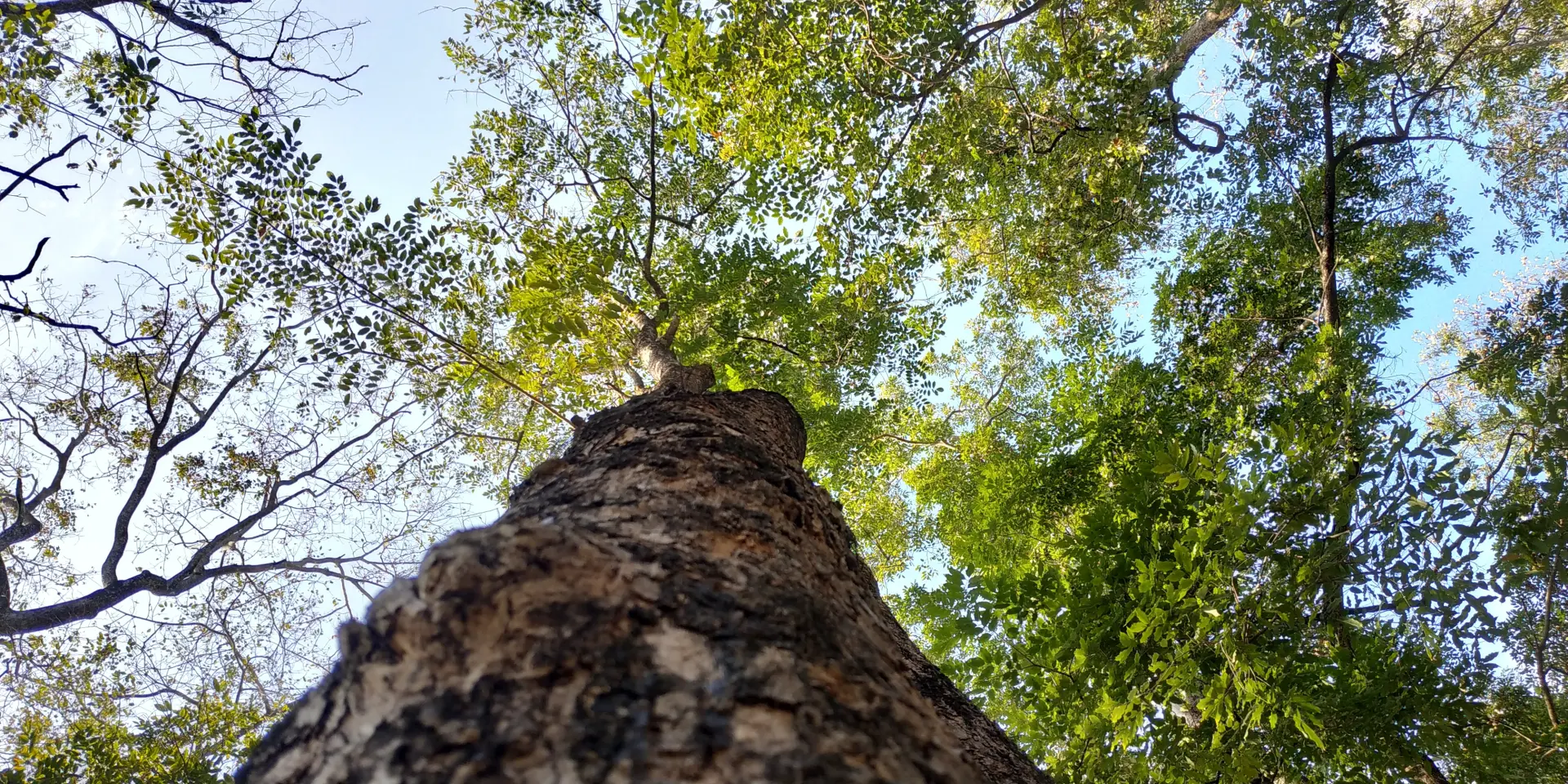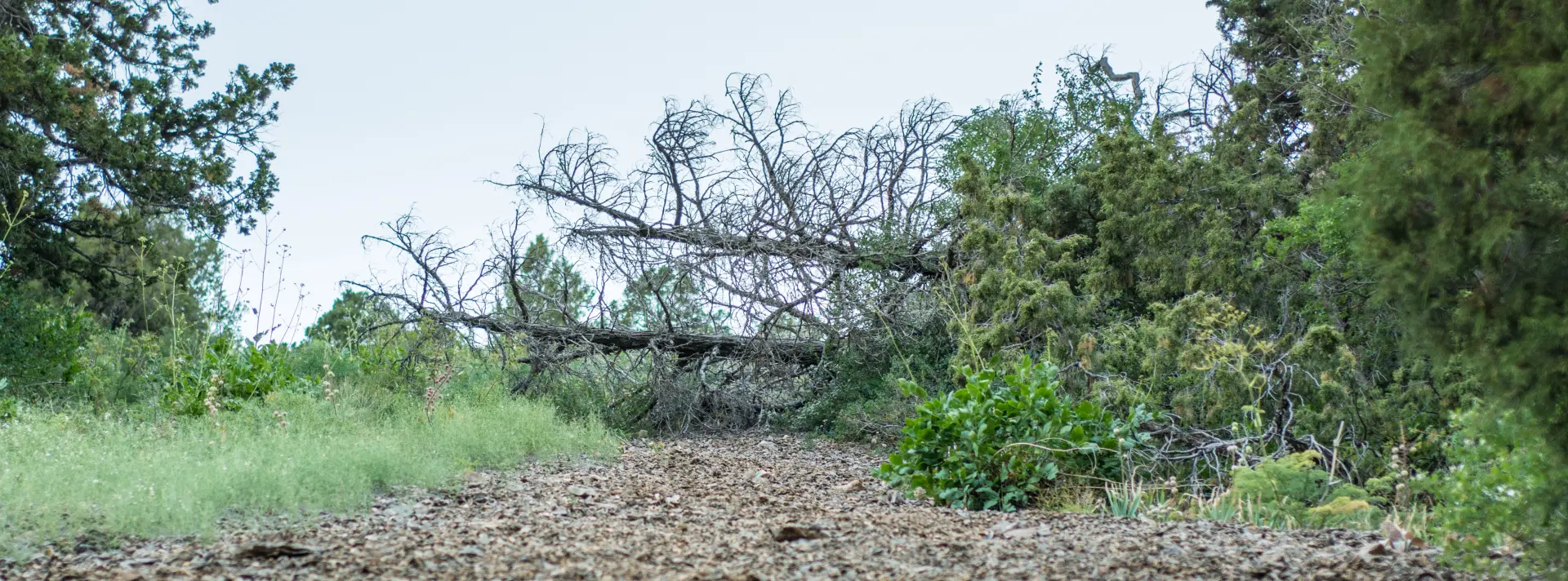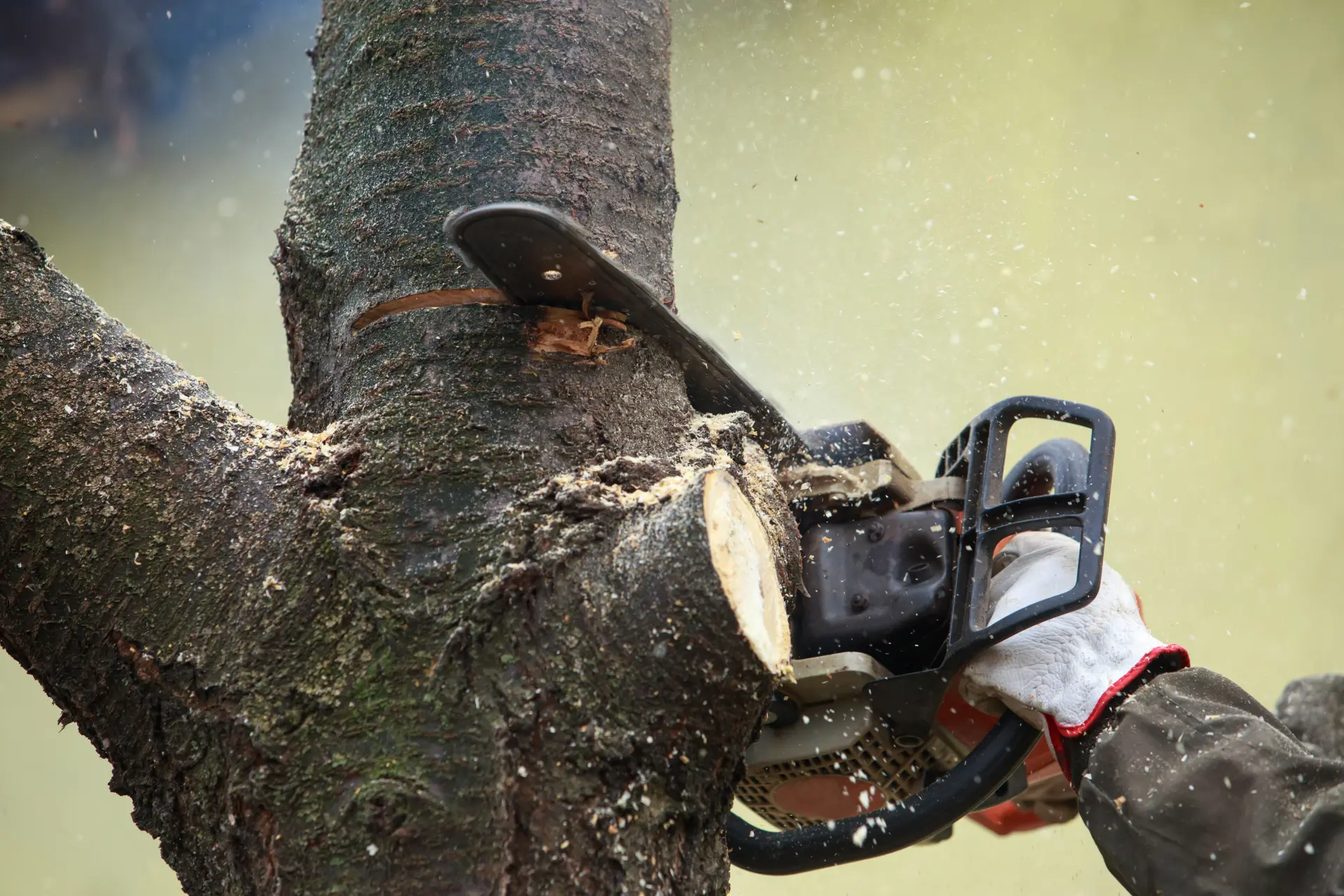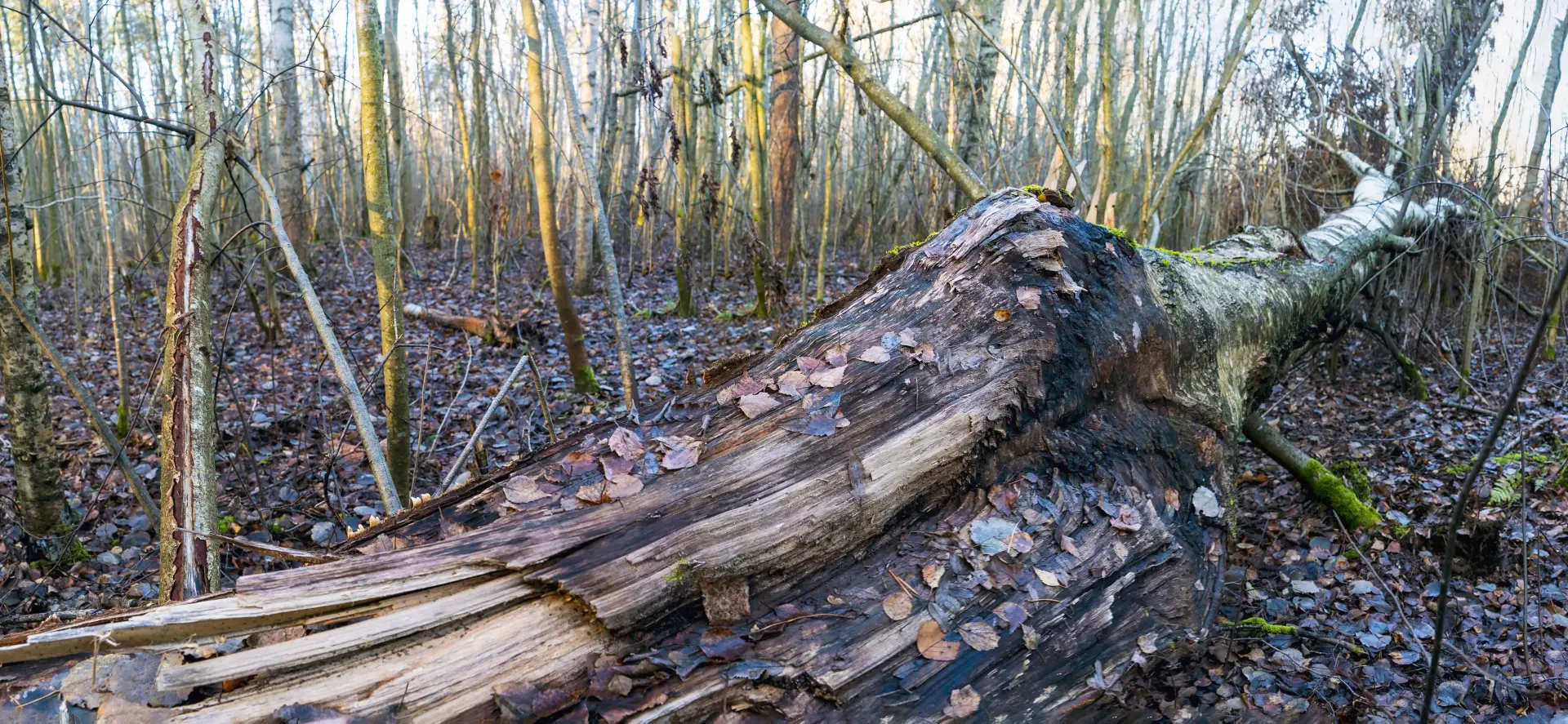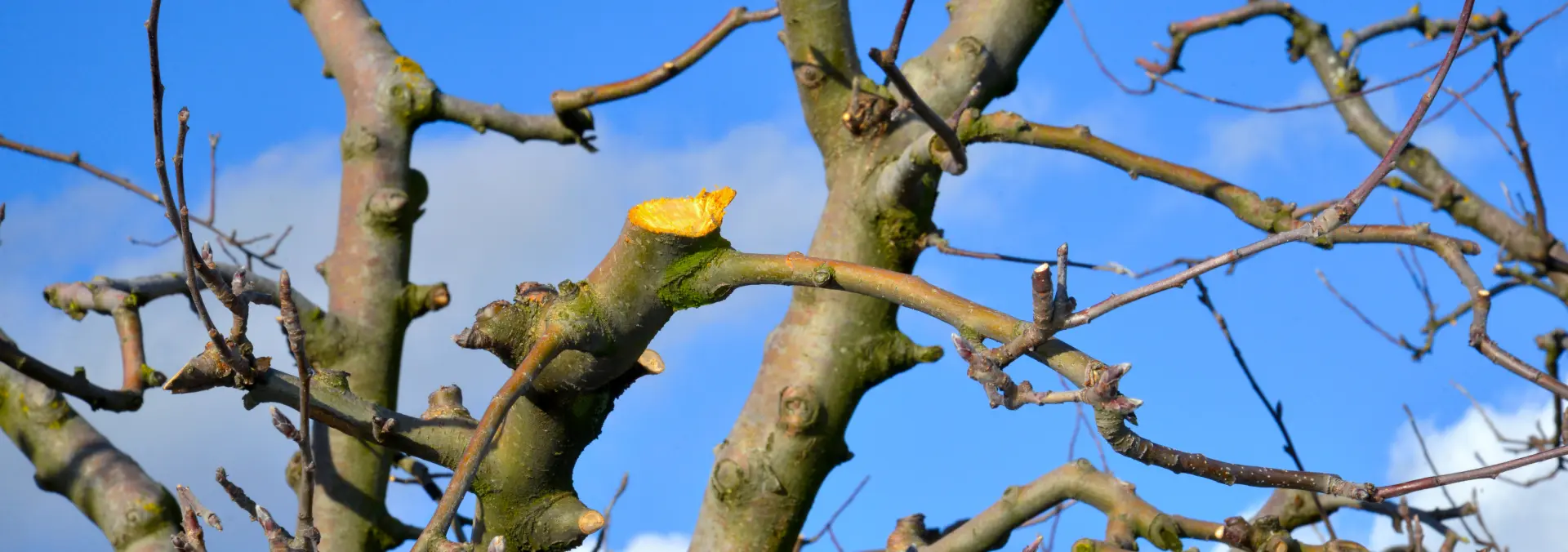This article asks: Do trees grow faster when pruned? Learn about the best practices for pruning to ensure your trees thrive and grow faster.
Pruning Young Plants Can Stimulate Shoot Growth
Pruning doesn't just improve a tree's aesthetic appeal, it can also stimulate its growth - although the extent of this can depend on the specific tree species and how extensive the pruning process is.
When a young tree is pruned, it can inspire a surge in the growth of its shoots, while inducing a delay in the progress of flowers and fruit growing. There are two essential types of pruning techniques: heading and thinning.
Heading is the removal of the dying or dead portion of shoots and branches; this not only removes potential rot but also encourages regrowth. Heading can also rejuvenate shrubs and hedges which have grown too large. Shrubs such as Burford holly and crape myrtle, respond favourably to this form of pruning. Other variations of heading include topping, dehorning, hedging, and clipping.
Thinning, unlike heading, removes an entire shoot or branch from the primary branch or a nearby branch; therefore, some of the shoot tips remain intact, keeping the tree's structure intact.
Due to this, the undisturbed shoot tips can have new growth, while the development of buds is suppressed. Generally, thinning encourages a more natural growth pattern for the tree. Thinning is used to shorten limbs, boost light penetration through the tree, and guide the growth direction of shoots or limbs.
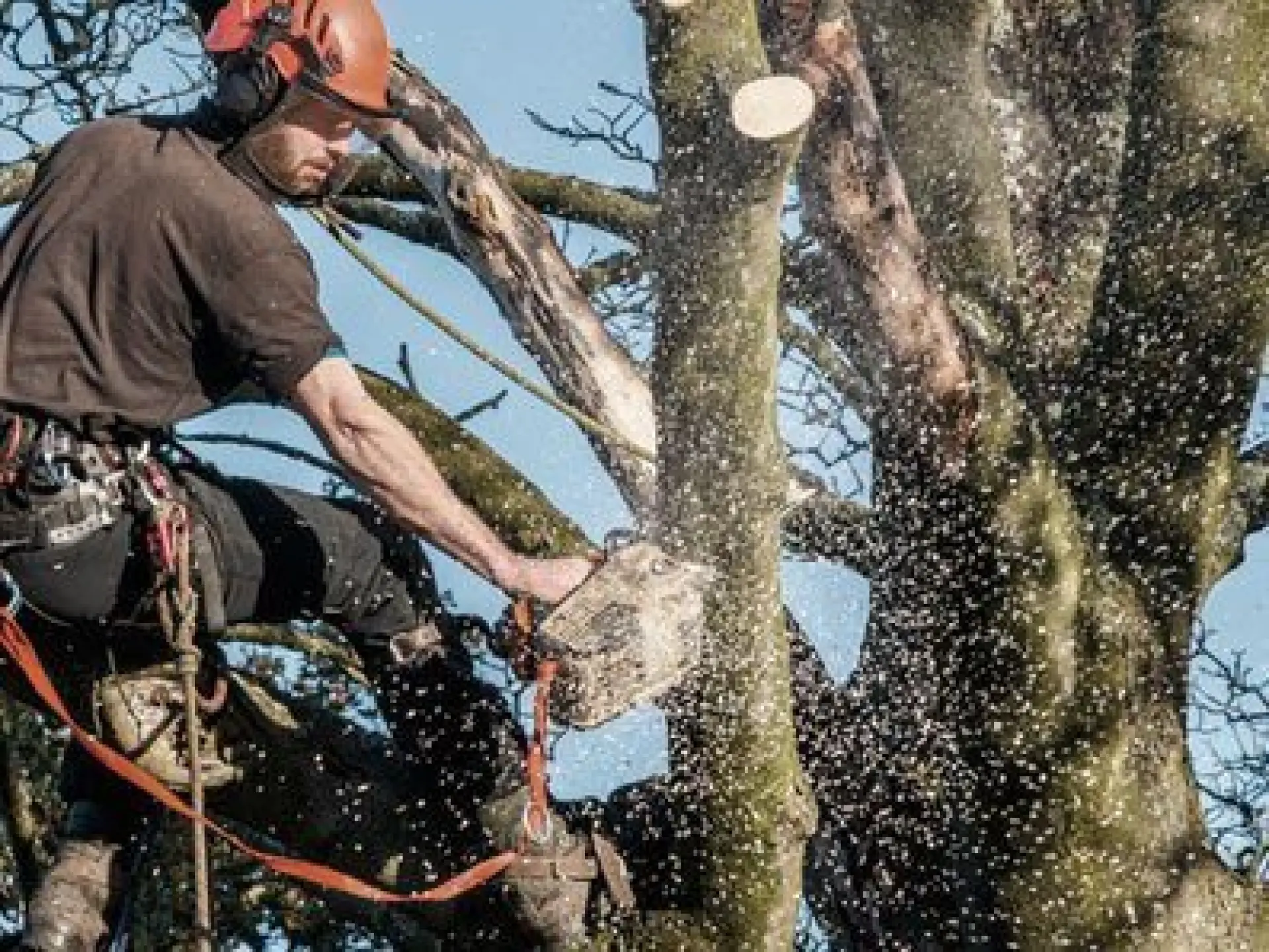
Trees Can Grow Slower, Depending On How Much You Cut
Pruning can be beneficial for stimulating the growth of a tree, yet it can equally result in slower development if it's done excessively. The main reason lies in the amount of time a tree needs to recuperate from the pruning process.
A tree's growth rate can be significantly affected, especially if too many branches are removed - which can potentially cause a shock to the tree and hinder its growth pattern. It's crucial to handle pruning with delicacy and precision, ensuring that there's a balance between the removal of necessary branches and avoiding inflicting unnecessary damage to the tree.
The amount of pruning can have a big impact on a tree's regrowth; excessive removal of branches can slow down a tree's growth rate as it focuses more on healing and regenerating itself after the pruning, rather than growing to a bigger stature.
Moreover, different types of trees have different recovery periods; while certain trees might recover in a single year, others may need several years to fully recuperate from the pruning. Therefore, it's important to consider the tree's species and its respective recovery rate, since it's essential when deciding on the extent and frequency of pruning.
Additionally, for a sapling or newly planted tree, it's advised that you should wait at least a year before undertaking any pruning - this provides the young tree enough time to establish its roots and adapt to its environment effectively, setting a solid foundation for healthy growth. In conclusion, while pruning is beneficial, it needs to be administered fairly alongside an understanding of the tree's species and recovery rate to ensure it grows healthily.
Which Trees Grow Faster After Pruning?
Understanding the growth rate of different tree species after pruning is essential. Usually, deciduous trees like maples, birches, and oaks show a quicker response time to pruning and often show impressive growth rates. This fast growth rate is mainly due to their strong root systems.
These roots allow for the quick distribution of energy and nutrients, which are key components for their growth; this effectively results in a quicker recovery period and growth rate after the pruning process. Therefore, if you're looking for trees that tend to grow faster after pruning, deciduous trees like maples, birches, and oaks are a fantastic choice.
Which Trees Take Longer To Grow After Pruning?
Certain types of trees, such as pine, spruce, and fir, have a notably slower growth rate after being pruned. These kinds of trees are categorised as slow-growing and need to be given plenty of time to recover from pruning, as they require a significant period to regrow new branches.
For this reason, it's recommended to carry out pruning on these coniferous trees once or twice a year. Moreover, timing is crucial in determining the pruning process for these trees. The best time to perform pruning is during their growing season, which is usually throughout the early spring - this gives them enough time to heal and begin new growth before the onset of harsh weather conditions.
Therefore, careful planning and accuracy should be taken into account while pruning these types of trees - as this can help to maintain their health and longevity. It's important to understand that coniferous trees have a slower regrowth rate; therefore, it's advised that you adjust your maintenance schedule accordingly.
What Makes Trees Grow Faster After Pruning?
When it comes to increasing the overall growth rate in trees after they've been pruned, several key factors come into play. Pruning should be timed carefully, as it can directly influence the tree's growth rate. The best time for pruning tends to be during late winter or early spring, as the pruning process occurs just before the tree enters its peak growing phase.
Although pruning can help improve the tree's form and balance out its structure, its core purpose is to protect the overall health of the tree. By removing diseased or dead branches, the tree can redirect its energy and nutrients towards fostering new, healthier growth. Pruning plays a vital role in disease prevention and helps keep the tree alive for longer.
Furthermore, ensuring that the tree has access to enough water and nutrients is crucial for it to have a quicker recovery period. Feeding trees an appropriate amount of water and vital nutrients helps with their post-pruning recovery - which can help the tree have a better growth period. A well-nourished tree will often recover faster after it has been pruned.
The growth rate of a tree depends heavily on the species of tree, the intensity of the pruning, and the nourishment the tree receives. Regardless of the reason behind the pruning, it should always be carried out responsibly. The main goal of any tree-care strategy should be to steer its growth in a healthy direction; when done correctly, pruning can be a valuable tool in shaping a tree's structural integrity and lifespan.
Are you looking for professional tree pruning services in Aberdeenshire? We offer a full range of tree maintenance services for Dundee, Forfar, Angus and the surrounding areas. Call to find out more.

